T4K3.news
New Jersey Investigates Possible Local Malaria Case
State health officials are examining a resident's malaria infection to determine if it was locally acquired, potentially marking the first homegrown case since 1991.
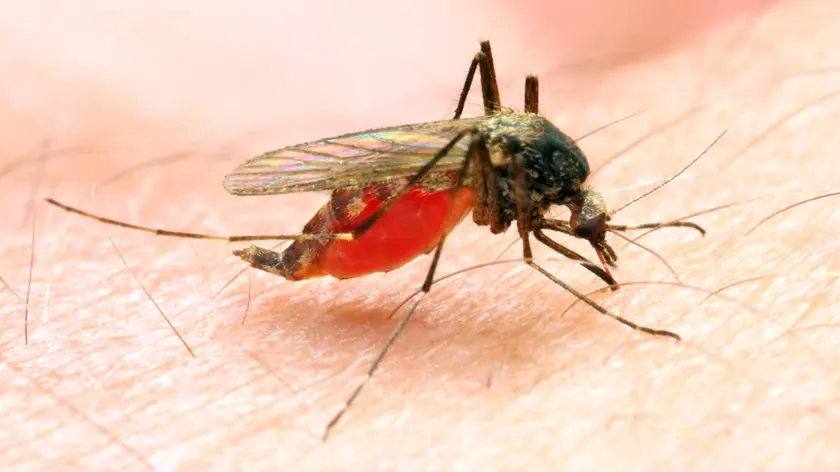
If confirmed, the case would be the first homegrown malaria in the state in more than three decades.
New Jersey Investigates Possible Local Malaria Case
Health officials in New Jersey say a resident tested positive for malaria and investigators are checking if the infection was acquired locally. The person had not recently traveled, which suggests local transmission could be possible. If confirmed, this would mark the first homegrown malaria case in New Jersey since 1991.
Malaria is caused by Plasmodium parasites carried by Anopheles mosquitoes. In the United States most cases come from travel to areas where malaria is common. Local transmission has happened in other states in recent years, including clusters in Florida, Texas, and Maryland in 2023, and a possible case in Washington state this month.
Key Takeaways
"I urge the public to continue taking steps to eliminate standing water around their properties, which will go a long way to reducing the risk of mosquito breeding."
Statement from Shawn M. LaTourette, New Jersey Environmental Protection Commissioner
The suspected local case tests the edge of what health officials expect to see in a state where malaria is not common. It highlights the ongoing need for mosquito surveillance and the ability to respond quickly if transmission occurs. It also shows how climate and changing mosquito patterns could alter risk in the longer term, even in states not typically associated with malaria.
Beyond the health numbers, the news raises questions about how communities will receive such reports. Clear, calm communication helps prevent fear while keeping people vigilant about simple protections.
Highlights
- Public health stays steady when threats hide in plain sight
- Prevention is practical and powerful when communities act together
- Mosquitoes do not respect borders and protection should not be delayed
- Vigilance keeps communities safer even when risk is small
Public health risk from potential local malaria case
The possibility of locally acquired malaria would prompt questions about vector control funding, public messaging, and how authorities balance vigilance with avoiding public alarm.
vigilance and practical steps are the steady path forward
Enjoyed this? Let your friends know!
Related News
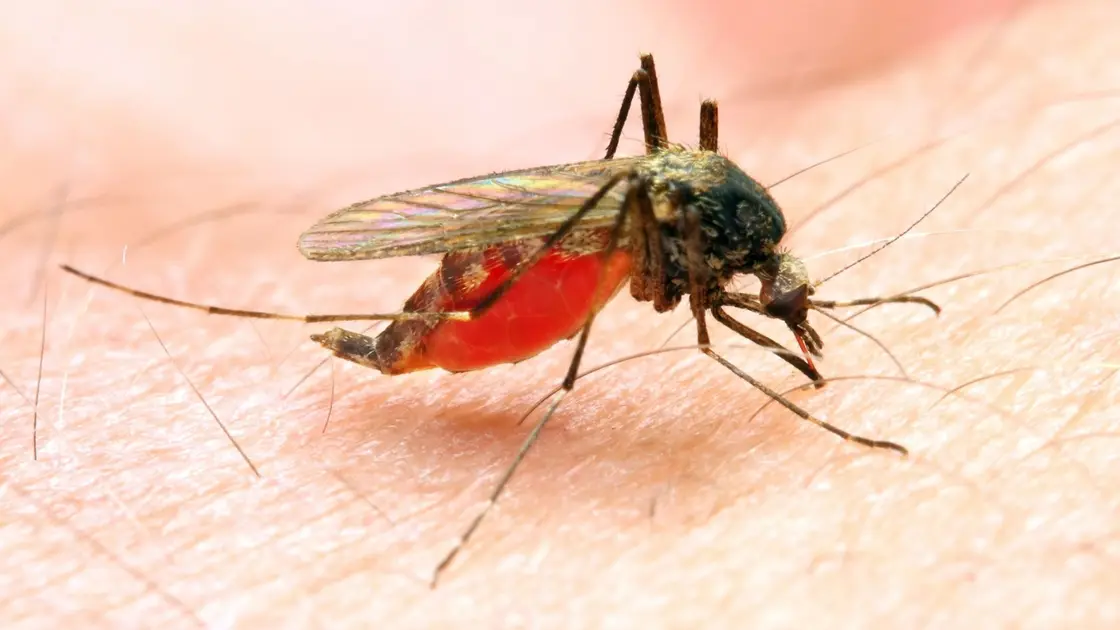
New malaria case investigated in New Jersey
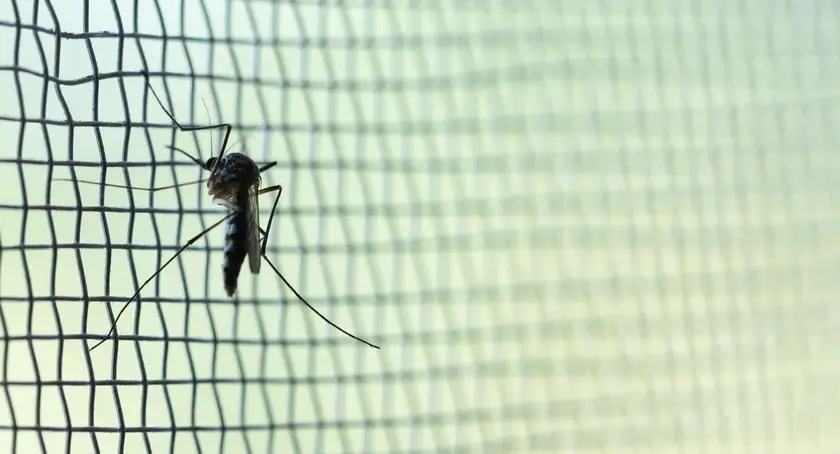
Malaria case under review in New Jersey
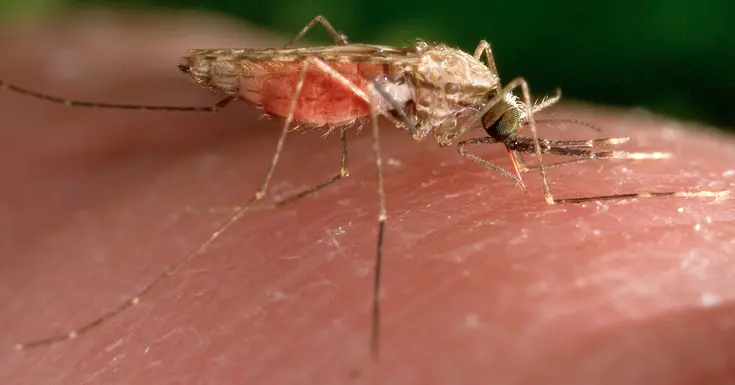
New Jersey malaria case testing underway
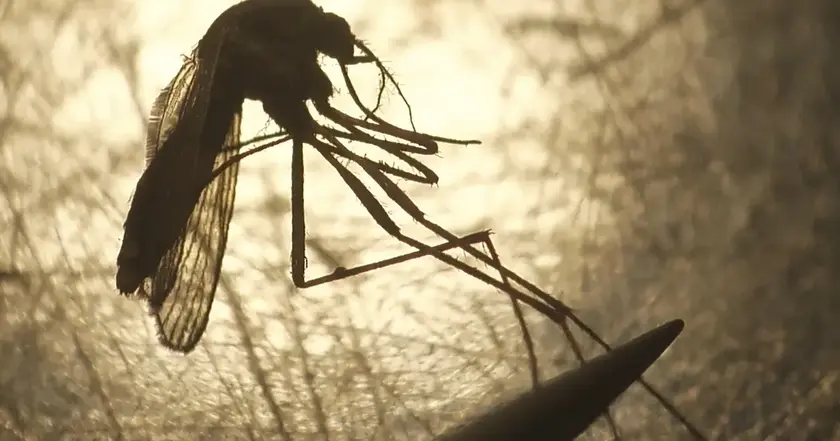
Malaria possibly contracted in Washington state
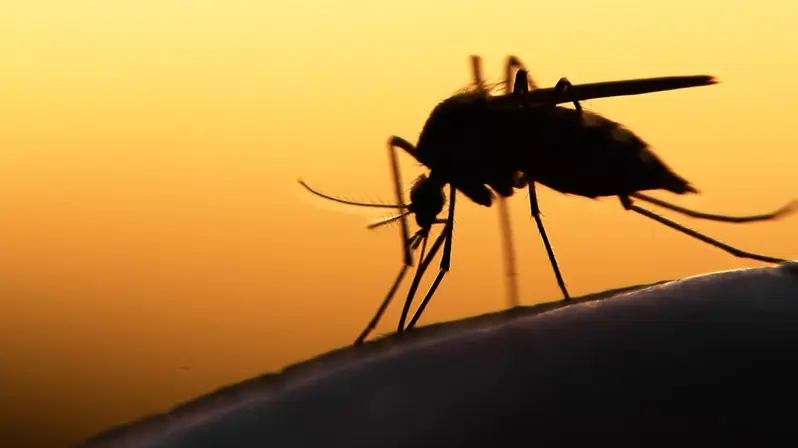
Washington investigates possible local malaria case
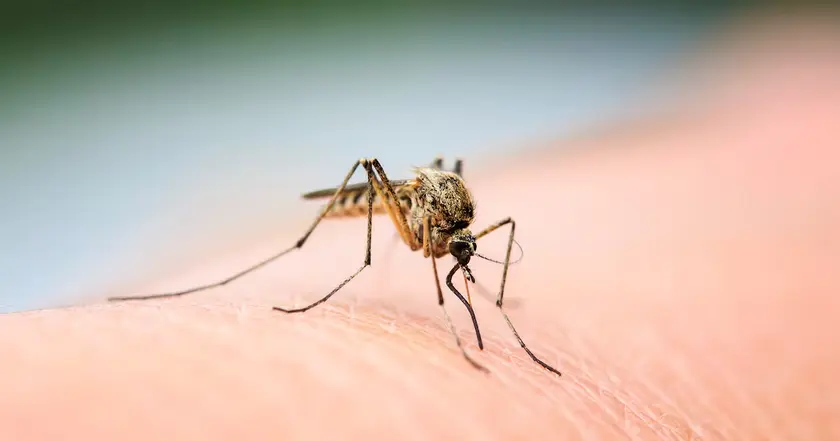
First possible local malaria case reported in Pierce County
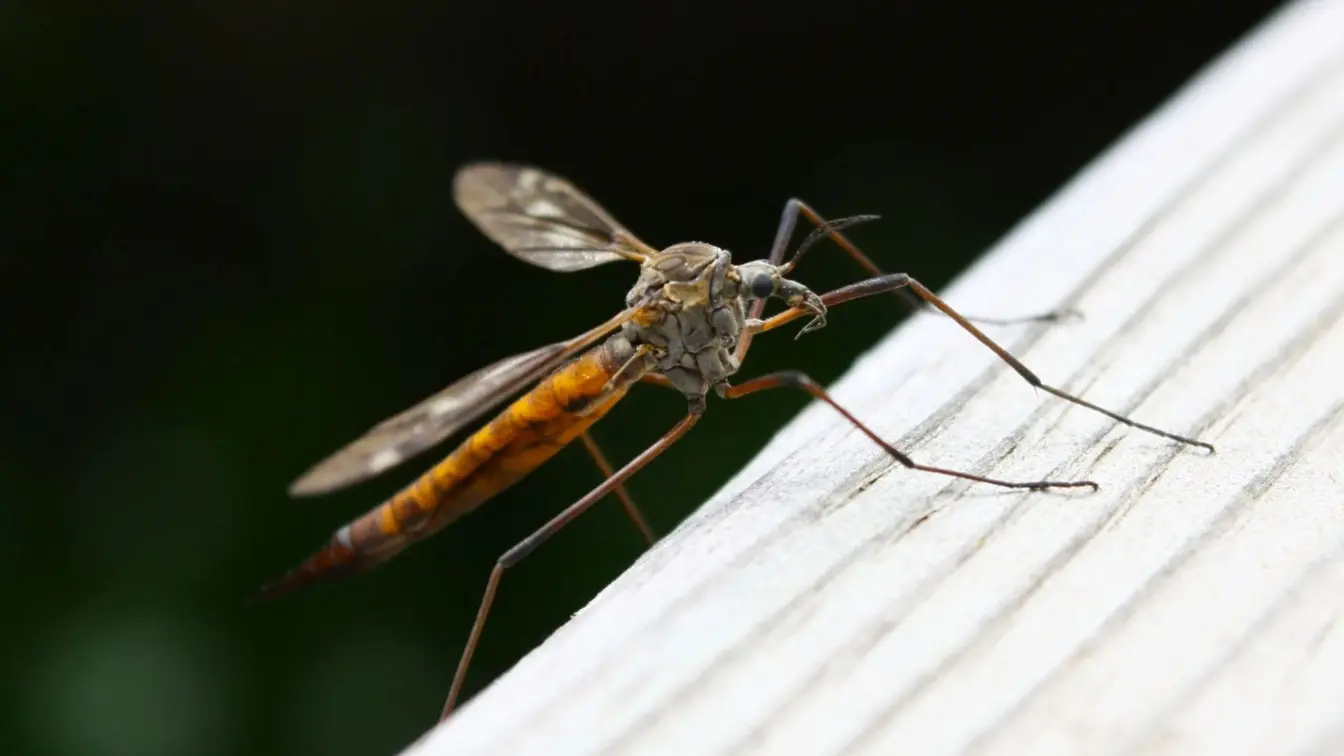
Europe Faces Rising Mosquito Virus Risk at Popular Holiday Spots
Documentary Investigates Iconic Vietnam Photo Controversy
